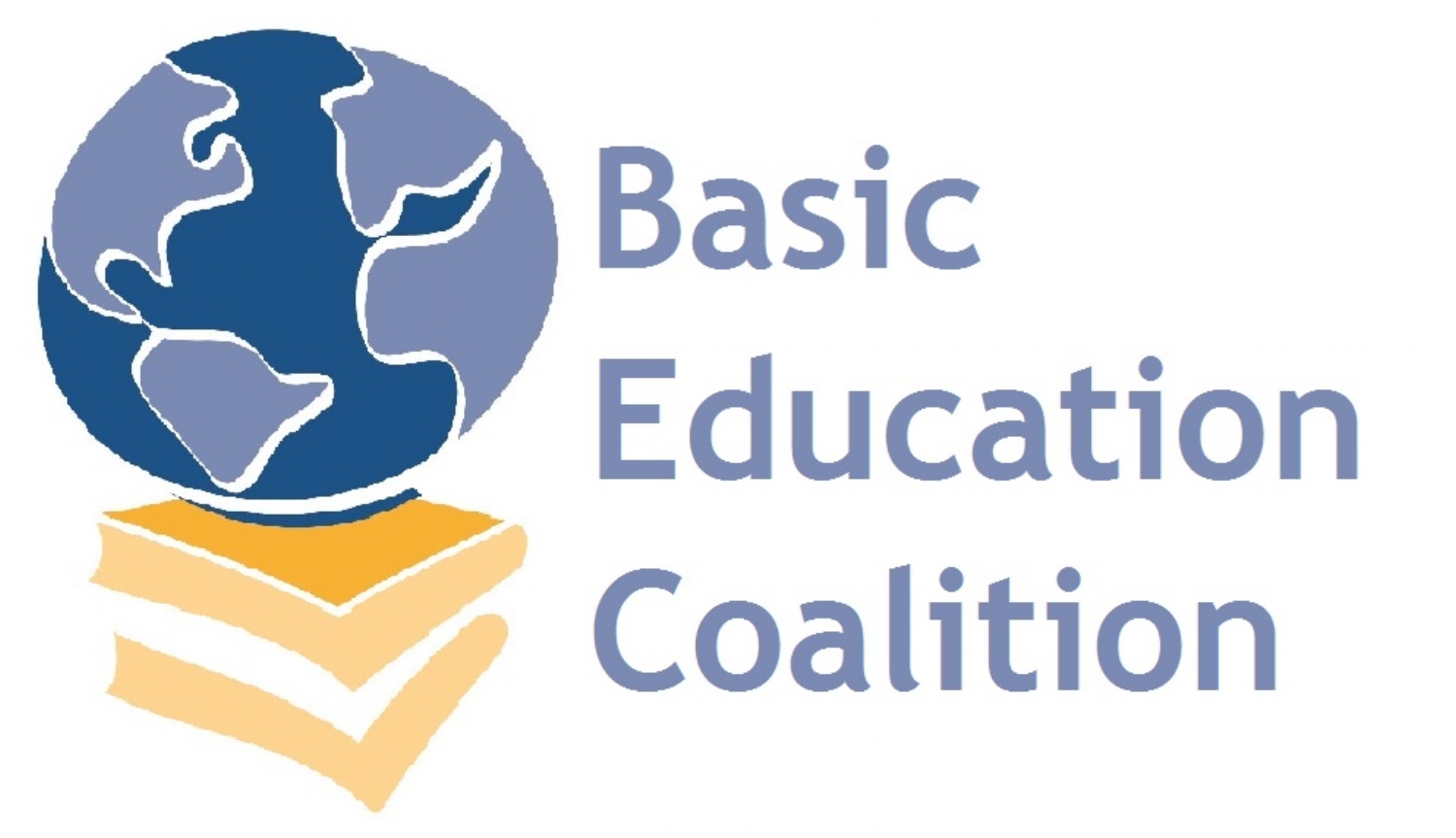In August 2016, I had the privilege of visiting Save the Children’s IDEA project in Guatemala with Jonathan Cordone, the then Deputy Undersecretary of the US Department of Agriculture (USDA).
IDEA is a USDA project funded through the McGovern-Dole Food for Education Program. IDEA is one example of the many international humanitarian and development programs that would be a casualty of the President’s drastic proposal to cut U.S. international affairs funding by roughly one-third.
The justification for the cut was that the program lacks evidence that it is being effectively implemented to reduce food insecurity, but our Guatemala program shows that it is indeed making a difference in the lives of children.
Guatemala’s Western Highlands
In the Guatemalan Western Highlands, more than 60% of indigenous children are stunted and more than half are malnourished. Through the IDEA project, Save the Children feeds more than 43,000 school age children per year, directly addressing food insecurity in the most impoverished region of Guatemala.
A recent independent evaluation of the IDEA program indicated that as a result of the school meals, absenteeism in program schools dropped from 20% to 5% in less than 2 years.[1] The same evaluation found the number of children who now pay attention in class increased by 40%. When asked why more children were paying attention in class, teachers said “They are no longer hungry.”
The McGovern-Dole Program
The McGovern-Dole program goes beyond just feeding children who otherwise would not have, in many cases, even one nutritious meal a day. It integrates health, nutrition, and education interventions that enable children to reach their full potential. The IDEA program has transformed barren cinderblock classrooms into engaging environments (as seen below) designed to cultivate children’s curiosity and encourage their love of learning. As a result of the USDA McGovern-Dole program, these children have learned to read in two languages: the indigenous K’iche’ language and Spanish.
Read more




